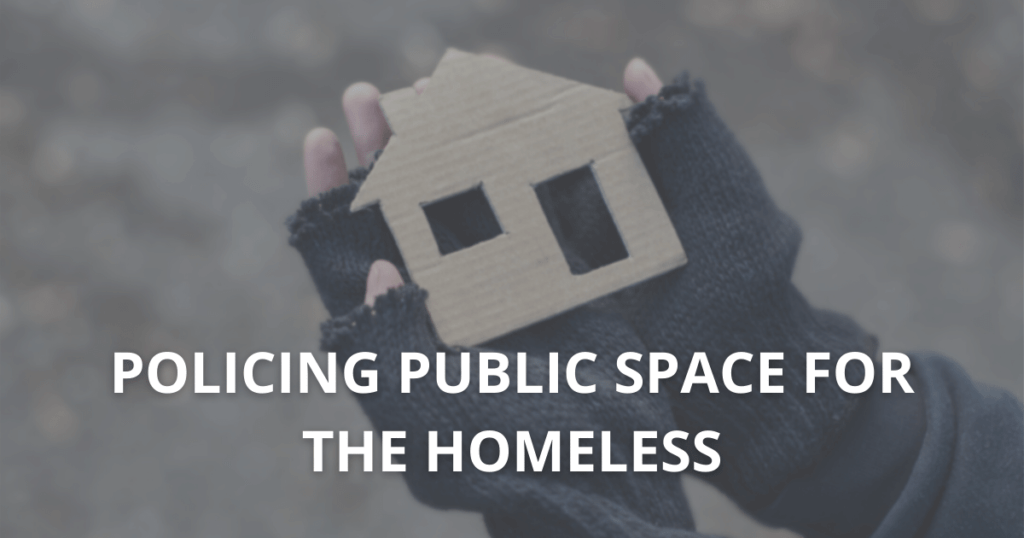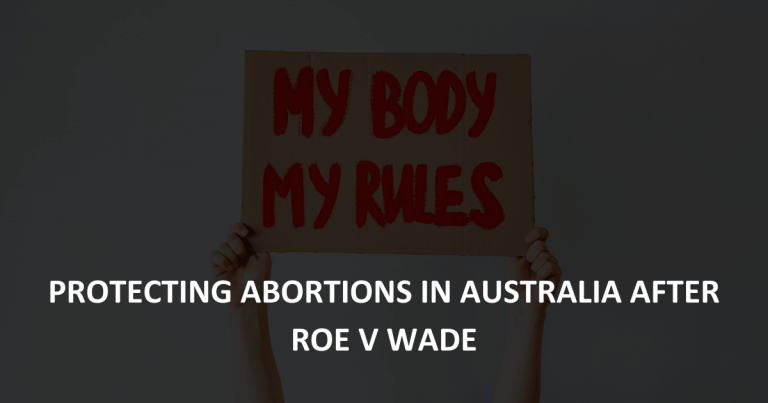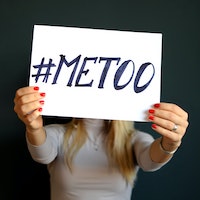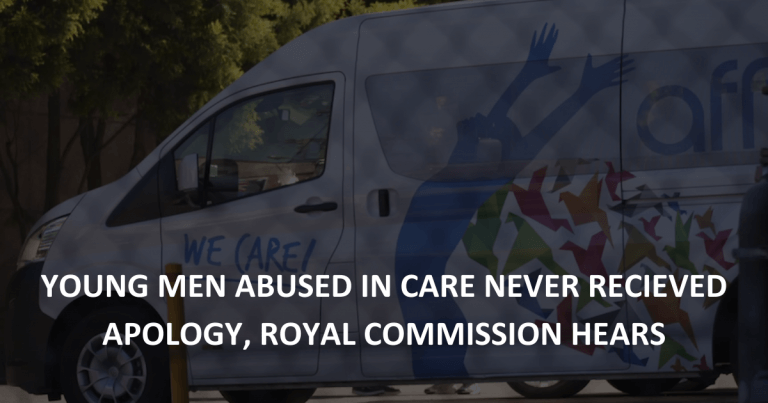The over-policing of homelessness in public spaces is a significant contributor to the criminalisation of people experiencing homelessness.
The Public Interest Advocacy Centre (PIAC) released a new report, co-authored with Homelessness NSW which includes disturbing stories of unfair police conduct.
The new report highlights how the negative interaction with police can be an important barrier to people enjoying their rights and engaging with services to secure housing and achieve their goals.
‘Policing Public Space: The experiences of people sleeping rough’
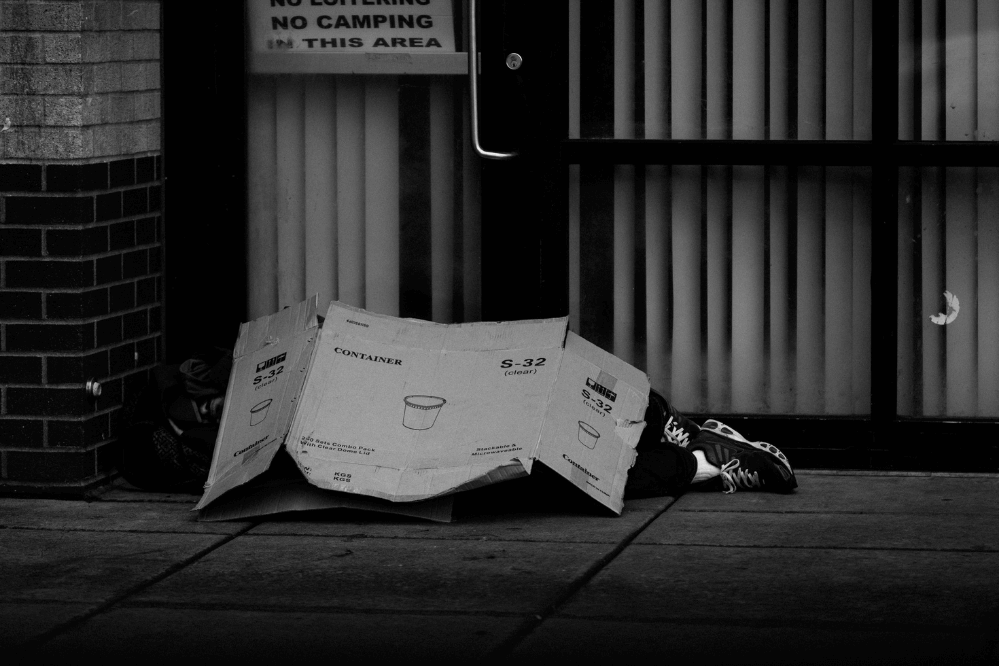 Lead author of the report Madeleine Humphreys introduced the report through a lunchtime forum.
Lead author of the report Madeleine Humphreys introduced the report through a lunchtime forum.
Humphreys states that the stories they heard during their research alarmed them.
“The people we spoke to during this research all disclosed significant levels of police involvement in their lives. Too often, they told me stories of being left feeling humiliated, isolated, and hopeless after contact with police.,” Humphreys said.
“The overwhelming majority of people sleeping rough are suffering from physical and mental health issues or trauma. A policing response to homelessness is inappropriate, ineffective, and causes significant harm to the most vulnerable in our society.”
The Managing Director of PIAC’s Homeless Persons Legal Service, Kira Levin, states that the current policing habits significantly affect people experiencing homelessness.
“The over-policing of people sleeping rough in public spaces contributes to the criminalisation of homelessness and can prevent people from getting the support they need,” she said.
“We need to stop characterising rough sleeping as a law and order issue and start taking an approach that recognises and respects the rights of people experiencing homelessness and provides opportunities for them to access services and support.”
Homelessness is on the rise
At the last census in 2016, homelessness had increased 13.7% in 5 years. At that time, 116,427 Australians had no home.
The rate of homelessness (which takes into account population density) is 50 out of every 10,000 people. This is up five per cent from the 48 persons in 2011, and up on the 45 persons in 2006.
In NSW in particular, homelessness has increased a whopping 37% between 2011 and 2016.
However, while most people consider rough sleepers to be the majority of those experiencing homelessness, rough sleepers only account for 7% of all homelessness nationally.
Where are homeless people staying?
- Improvised dwellings, tents or sleeping out 7% (8,200)
- Supported accommodation for the homeless 18% (21,235)
- Staying temporarily with other households 15% (17,725)
- Boarding houses 15% (17,503)
- Other temporary lodging 1% (678)
- “Severely” overcrowded dwellings 44% (51,088)
If you have had trouble with the Police and need to talk to a lawyer, you can contact us on 02 9261 4281 or . If it suits you better, you’re welcome to drop by our office at Suite 504/233 Castlereagh Street Sydney and speak to a lawyer in person.


